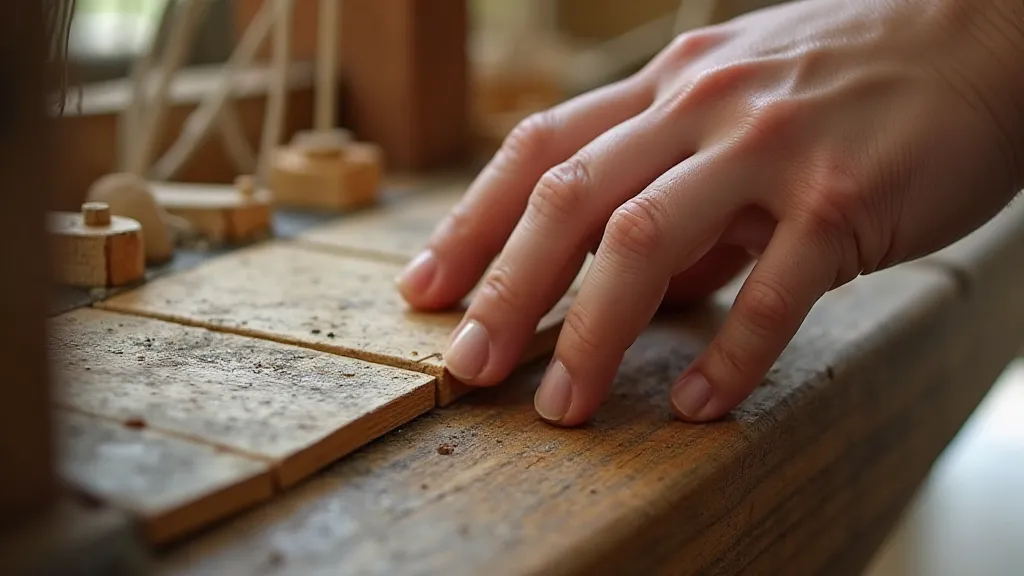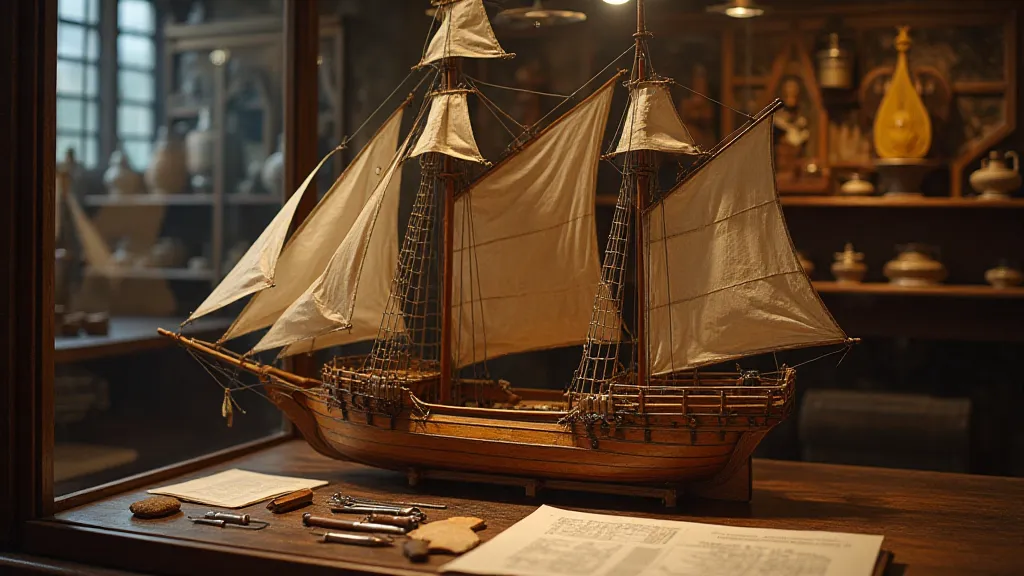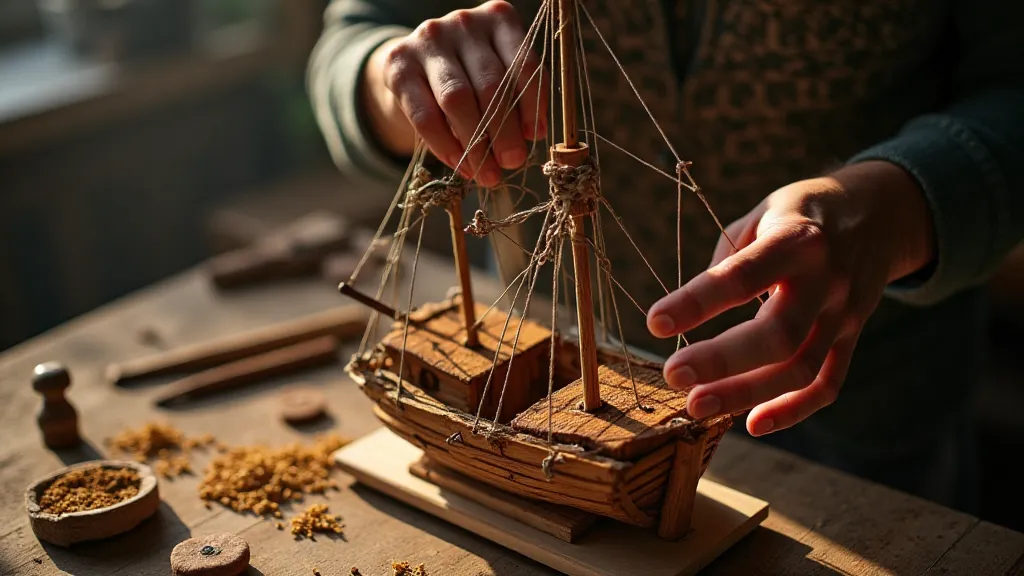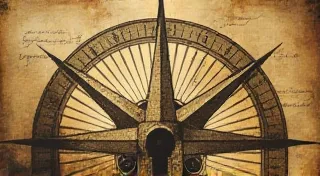Chronicles in Miniature: The Stories Held Within the Hull
There's a profound stillness that settles when you hold a piece of history in your hands, particularly when that history is rendered in miniature. Building model ships, specifically those constructed of wood, isn't just a craft; it’s an act of reverence, a patient translation of grand narratives into tangible form. It’s storytelling in three dimensions, each plank and tiny spar a whispered echo of a bygone era. My own journey into this pursuit began with a faded photograph – my grandfather’s HMS Victory, begun decades prior and never finished. It sat in his workshop, a silent testament to interrupted dreams, and sparked a fascination that has colored my life ever since.
The appeal, I believe, transcends mere technical skill. While mastering the intricacies of plank-on-frame construction or the delicate art of rigging is undeniably rewarding, the true magic lies in the connection to the vessel itself, to the sailors who manned her, and to the world she sailed. Consider the *Cutty Sark*, a tea clipper renowned for her speed and the dramatic story of her final voyage. Building a model of her isn’t simply assembling parts; it’s recreating a legend. You're channeling the ambition of her builders, the hardship of her crew, and the thrill of the race against time.

The Language of Wood: Craftsmanship and Tradition
The choice of wood is the first step in this process, a crucial decision laden with historical accuracy. Mahogany, oak, and pine were commonly used, each possessing unique properties that influenced a ship's performance and longevity. Reproducing these characteristics in miniature demands a respect for the material. The grain, the density, the very smell of the wood speak of authenticity. There's a unique satisfaction in using traditional tools – the block plane, the spokeshave, the saw – allowing the wood to reveal its nature and guiding it to its intended form. These tools, often passed down through generations, carry their own histories, connecting us to the shipwrights of old.
Historically, ship building was a community effort, a collaborative dance of skill and experience. The master shipwright oversaw the entire operation, but every member of the crew, from the sawyer to the caulker, played a vital role. Building a model, while a solitary pursuit, can evoke that sense of shared endeavor. It’s a conversation with the past, a chance to understand the knowledge and artistry that went into creating these floating wonders. The precision required – the accurate representation of deck beams, the meticulous rendering of rigging – forces a level of concentration and attention to detail that can be almost meditative.
My grandfather, a quiet man of few words, taught me the fundamentals of planking. He would sit beside me, his calloused hands guiding mine, explaining the importance of grain direction and the nuances of a good bevel. It wasn't just about building a ship; it was about passing on a legacy, preserving a connection to his own father, a merchant seaman who sailed the Atlantic. The finished model wasn't just a wooden replica; it was a tangible representation of family history, a symbol of enduring love and shared tradition.
Beyond the Plans: Imbuing a Model with Soul
The plans, while essential, are merely a guide. They provide the framework, the skeleton upon which to build. But it’s the imagination, the understanding of the ship’s purpose and character, that truly brings a model to life. Was it a stately warship, bristling with cannons and a formidable presence? Or a nimble clipper, built for speed and the thrill of the open sea? The details – the placement of lifeboats, the style of the figureheads, the subtle curve of the bow – all contribute to the overall narrative.
Restoration, too, offers a unique avenue for understanding a ship's story. A battered hull, salvaged from a flooded basement, might reveal clues about its former owner, the care it received, and the challenges it faced. Rebuilding a damaged mast, replacing a missing railing, becomes an act of historical preservation, a chance to restore dignity and tell a more complete story.
Collecting antique model ships is another enriching pursuit. Each model holds a unique history, reflecting the craftsmanship and tastes of its time. From the elaborate, hand-painted ships of the Victorian era to the simpler, more utilitarian models of the early 20th century, these treasures offer a glimpse into a world of maritime enthusiasm and exquisite artistry.

The Patience of Time: A Continuous Journey
Building a model ship is not a sprint; it's a marathon. It demands patience, perseverance, and a willingness to learn from mistakes. There will be times when frustration sets in, when a plank refuses to cooperate, or a knot proves elusive. But it’s in overcoming these challenges that the true rewards are found. Each completed section, each carefully tied rope, is a testament to dedication and skill.
My grandfather never finished his *Victory*. He passed away before he could complete the rigging, leaving a poignant reminder of the unfinished business of life. I eventually finished it for him, adding my own touch, but always mindful of his original vision. It now sits proudly in my workshop, a symbol of his legacy, my own journey, and the enduring power of storytelling through miniature.
The aroma of wood shavings, the feel of the tools in my hands, the quiet satisfaction of creating something beautiful and enduring – these are the experiences that make building wooden model ships so profoundly rewarding. It's a connection to the past, a celebration of human ingenuity, and a continuous journey of learning and discovery. The hull, once a collection of planks and beams, becomes a chronicle in miniature, a vessel carrying stories across the ages.






